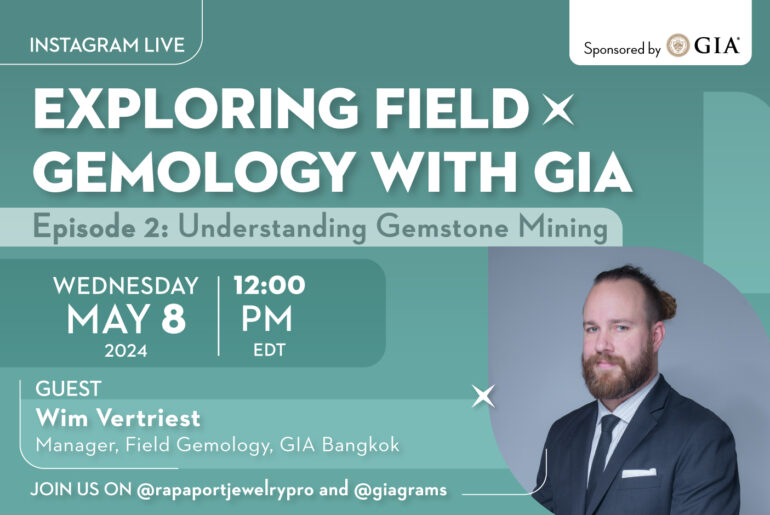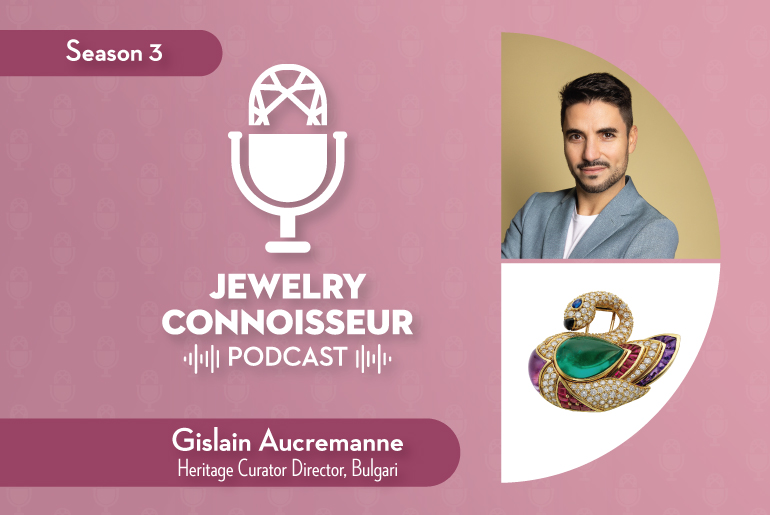Luster and nacre thickness are among the key indicators of a specimen’s quality.
The evaluation of a pearl is often subjective. Unlike diamonds, which have the 4Cs system, pearl grading has no standardized, internationally recognized grading system, and lab reports tend to be more descriptive than definitive. So what should buyers look for?

First, they need to know the pearl’s intended use. If the plan is to fit it in with a graduated design or make it part of a uniform string, those parameters will determine the ideal size, shape and color. The next — and most important — step is to consider luster. Though different pearl varieties have varying standards, you should seek as high a luster as possible with “sharp, bright reflections on the surface,” according to the Gemological Institute of America (GIA). You should also inspect the surface closely for flaws, as these can impact value and may be an early indication of durability problems. Just as one can cut a diamond around imperfections, it’s important to know if a well-placed drill hole will eradicate any minor issues in a pearl. Finally, there’s the thickness of the nacre to consider. “If the nucleus is visible under the nacre, or if the pearl has a dull, chalky appearance, you can assume that the nacre is thin,” says the GIA. “This affects the luster as well as the durability of the pearl.”

At the Swiss Gemmological Institute (SSEF), pearl expert Laurent Cartier says demand for information about pearls is on the rise. To help meet that demand, SSEF launched a free, myth-busting online course that covers both cultured and natural pearls. And for those seeking professional evaluation, the institute’s labs offer in-depth testing options.
“We test pearls… to determine whether they are natural or cultured, and whether they are treated or not,” says Cartier, explaining that possible treatments include luster improvement, blemish removal, and bleaching or dyeing to improve color. “Over the years, we have developed a number of new testing procedures for pearls, including tomography, age dating and DNA fingerprinting.”

Radiocarbon age dating is one of the newer services at the institute. Introduced in 2017, it can provide fascinating insights that make for a rich story to pass on to customers. “There has been good demand for this service for valuable and historical natural pearls,” reports Cartier, noting that French Queen Marie Antoinette’s La Peregrina pearl pendant, which sold for $38 million in 2018, was SSEF-tested. “Age dating can confirm a historic age, and such information can be complemented with DNA fingerprinting to determine the species and possibly the region from which the pearl came.” To date, the oldest pearls the lab has identified were from the Cirebon shipwreck discovered off the coast of West Java, Indonesia, in 2003. These long-lost pearls date back to the 10th century, when the ship last sailed the open waves.

Main image: PearlScan developed by SSEF to count and measure pearls. Photo: SSEF.





Comments are closed.